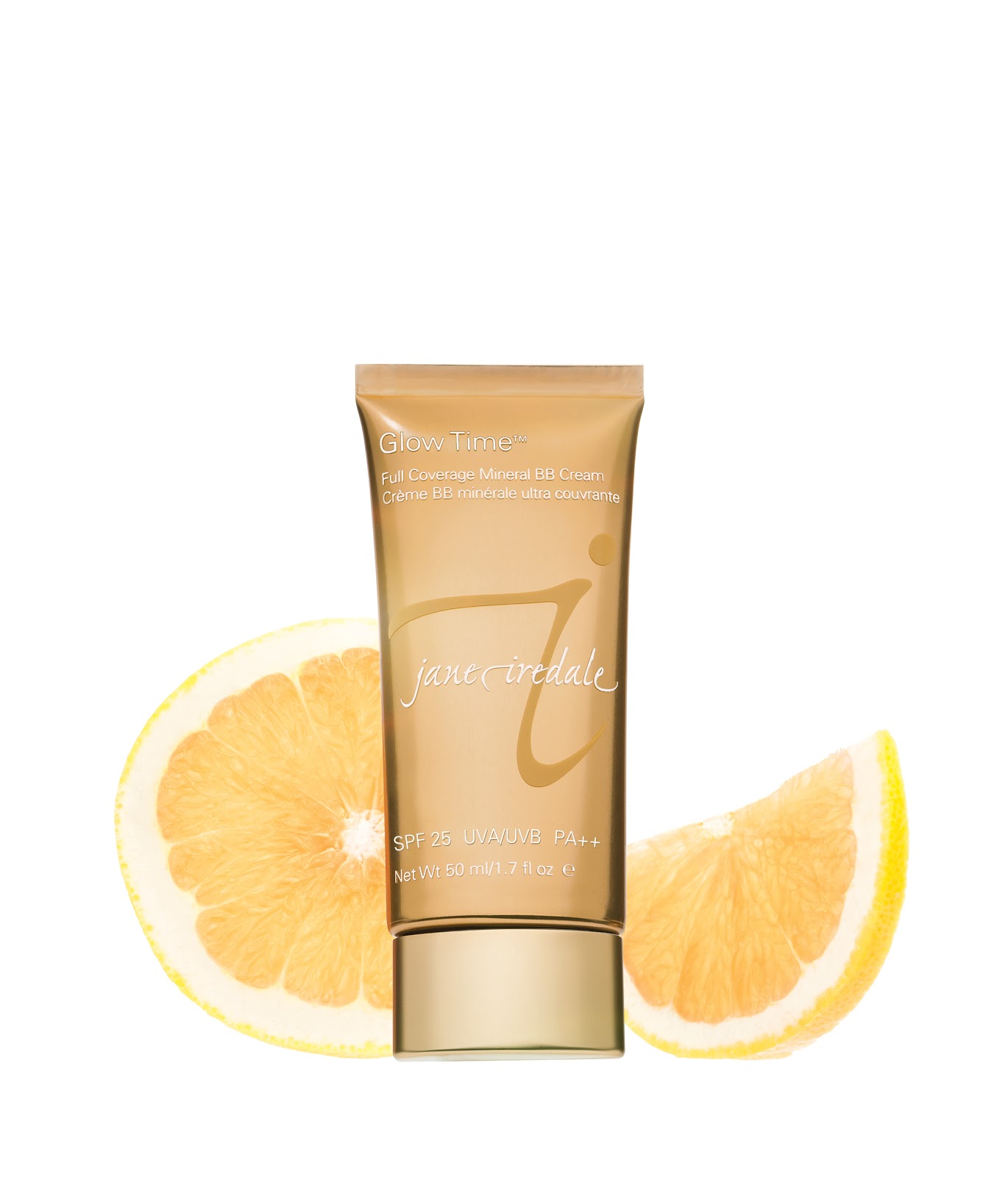Winter Skin
Now that the temperature has
dropped and the nights have well and truly closed in, it’s time to think about the effects
harsh winter weather can have on our skin.
Exposure to the winter elements
can cause a number of skin concerns including dehydration, dryness and flaky
patches.
It is important to understand the
difference between dry and dehydrated skin. Dehydrated skin is caused by a lack
of moisture whereas dry skin is caused by a lack of sebum or oil. As the
temperature drops, so does humidity, meaning that there is less moisture in the
air. When the temperature and humidity
are low the skin is stripped of its natural lipid layer. The purpose of the
natural lipid layer is to prevent the skin from drying out. This combined with
the drying-out effects of central heating leads to tautness, sensitivity,
flakiness and possibly more severely sensitisation and extreme chapping.
A poor or damaged barrier of the
skin can lead to breakouts, dehydration, sensitisation, pigmentation and
ageing.
Maintaining the barrier function
of skin becomes critical during the winter months. Supplementing the skin with
additional essential fatty acids and humectants will help to repair the
barrier.
Healing the skin is the first
step in improving barrier function. Making good product choices is vital. The
aim should be not to add moisture to the skin but to keep moisture in.
Replenishment and protection is the key.
Years ago heavy barriers creams
were used with occlusive ingredients to cover the skin and allow it to heal.
More modern products provide many more benefits and we rely much more on
actives to repair the skin from a deeper level rather than simple
occlusion.
Environs’ AVST Moisturisers and C-Quence
Serums contain vitamins and antioxidants and work at a much deeper level
than conventional cosmetic creams. Vitamins A, C and E will benefit a
compromised skin through the following:
Vitamin A
·
Stimulates GAGS – locks in moisture
·
Protects and potentates Langerhans Cells –
Improves skin immunity
Vitamin C
·
Anti-oxidant
·
Strengthens capillary walls
·
Anti-inflammatory
·
Hydrates
·
Heals
Vitamin E
·
Antioxidant
·
Hydrates
·
Heals
Dry skin is one sign that vitamin
A is lacking in the diet. 95% of Women do not get enough vitamin A in their
diet. Vitamin A is vital for healthy
functioning of the skin. The easiest way to increase levels is to complement a
vitamin rich diet with a food supplement. Advanced Nutrition Programmes Skin Vit A provides a daily dose of
vitamin A in an easily absorbable form which is found naturally in the diet and
in skin.
For an extra boost of vitamin A
in a hydrating format incorporate Environs’ Hydrating Oil Capsules into your evening regime. The capsules are
based on vitamin A and beta-sitosterol to counteract the dehydrating effect of
the winter climatic changes. These deeply nourish skin at night and promote
rehydration and repair.
An essential part of the healing
process is to replace depleted lipids. Supplementing the skin with additional
essential fatty acids and humectants will help to repair the barrier.
Skin Omegas contain Omegas 3 and 6. They enhance the barrier
function of the skin by creating healthy bilipid layers, increase the hydration
and smoothness of the skin and are anti-inflammatory to improve skin’s
immunity. Supplements feed the body internally, every organ and every cell.
The next step to improve the
barrier function is to ensure optimal hydration within the skin. Environ Focus Hydrating Serum contains Hyaluronic
Acid which holds up to 100 times its own weight in water. It turns skin cells
which are shrivelled up into raisins into lovely plum grapes!
In salon the Environ Hydraboost Treatments is the perfect answer to dry,
lacklustre skin. This facial incorporates Hyaluronic Acid which holds up to
1000 times its own weight in water.
In addition to healing and
hydrating, inflammation must be reduced and controlled. Colostrum Gel is ideal for any skin condition where the barrier
function is seriously impaired, for example eczema, psoriasis and acne as it heals and soothes and supports the
immune system of the skin together as well as providing antioxidant protection.
A drop in skin temperature during
cold weather can cause the surface blood vessels to dilate (get wider) rather
than constrict. This can cause damage to these vessels leading to sore red
cheeks and nose. Vitamin C is vital for strengthening capillary walls. Environs’
C-Boost boosts vitamin C levels
within the skin to hydrate and heal and strengthen capillaries. It also offers
anti-oxidant protection and is anti-inflammatory. Support this with Skin VitC for optimum vitamin C levels
and all over body protection.
There are lifestyle changes you
can make to help. To break the cycle of sensitisation triggers should be
removed. Epidermal (top layers of the skin) barrier integrity may be
compromised through the use of hydroxyl acids, soaps and other aggressors. Controlling such factors will make a
difference together with drinking more water and avoiding great changes in
temperature, hot baths, saunas and other similar activities.
Stress is one of the biggest
factors for all forms of skin conditions. Take time out to receive regular
massages and try yoga, meditation or positive thinking.
Take out an Insurance policy and use products to start building the
barrier before problems arise.
Why not make an appointment to discuss how Environ and ANP can help
your skin through the winter months. We offer full consultations to develop a
bespoke treatment programme

















